Maker, meme-r, and unabashed geek, Joe has been writing about technology since starting his career in 2018 at KnowTechie. He's covered everything from Apple to apps and crowdfunding and loves getting to the bottom of complicated topics. In that time, he's also written for SlashGear and numerous corporate clients before finding his home at XDA in the spring of 2023.
He was the kid who took apart every toy to see how it worked, even if it didn't exactly go back together afterward. That's given him a solid background for explaining how complex systems work together, and he promises he's gotten better at the putting things back together stage since then.
External graphics cards have occupied a niche market over the last decade. When Thunderbolt 5 was announced, some of us thought it would make eGPUs viable, but the truth is somewhat complicated. The popularity of PC gaming handhelds gives eGPUs another chance at being relevant, but the slow adoption of Thunderbolt 5 has somewhat limited their effectiveness. For those of you who need the extra GPU grunt, eGPUs still have their place, but it's important to know exactly what you're getting into when you decide to purchase one, as your expectations might not match up with the reality.
Thunderbolt 5 is a step (or two) in the right direction
But adoption of the new standard is predictably slow
Thunderbolt 5 is now available on several computers, but it's seeing slow adoption while many manufacturers are opting for USB4 instead. That's not a complete death knell for Thunderbolt eGPUs as USB4 is compatible and is roughly on par with TB4, but anyone hoping that TB5 would be the savior of the space needs to temper their expectations somewhat.
Even with Thunderbolt 5, eGPUs have a performance hit compared to a native GPU installation. That's not unsurprising, as GPUs are used to having sixteen lanes of PCIe connectivity, and Thunderbolt at best enables the equivalent of four lanes of PCIe bandwidth. External GPUs have historically only delivered anywhere between 70% and 90% of their potential desktop performance, and that isn't going to change any time soon.
And while Apple has shifted to Thunderbolt 5 on all new Macs, no GPU drivers work on Apple Silicon. That would have been the best place for eGPU use, but now those external enclosures can't use their best asset on Macs. Windows users have issues with drivers causing compatibility concerns, including CPU throttling when a Thunderbolt eGPU is used.
Bandwidth continues to be an issue
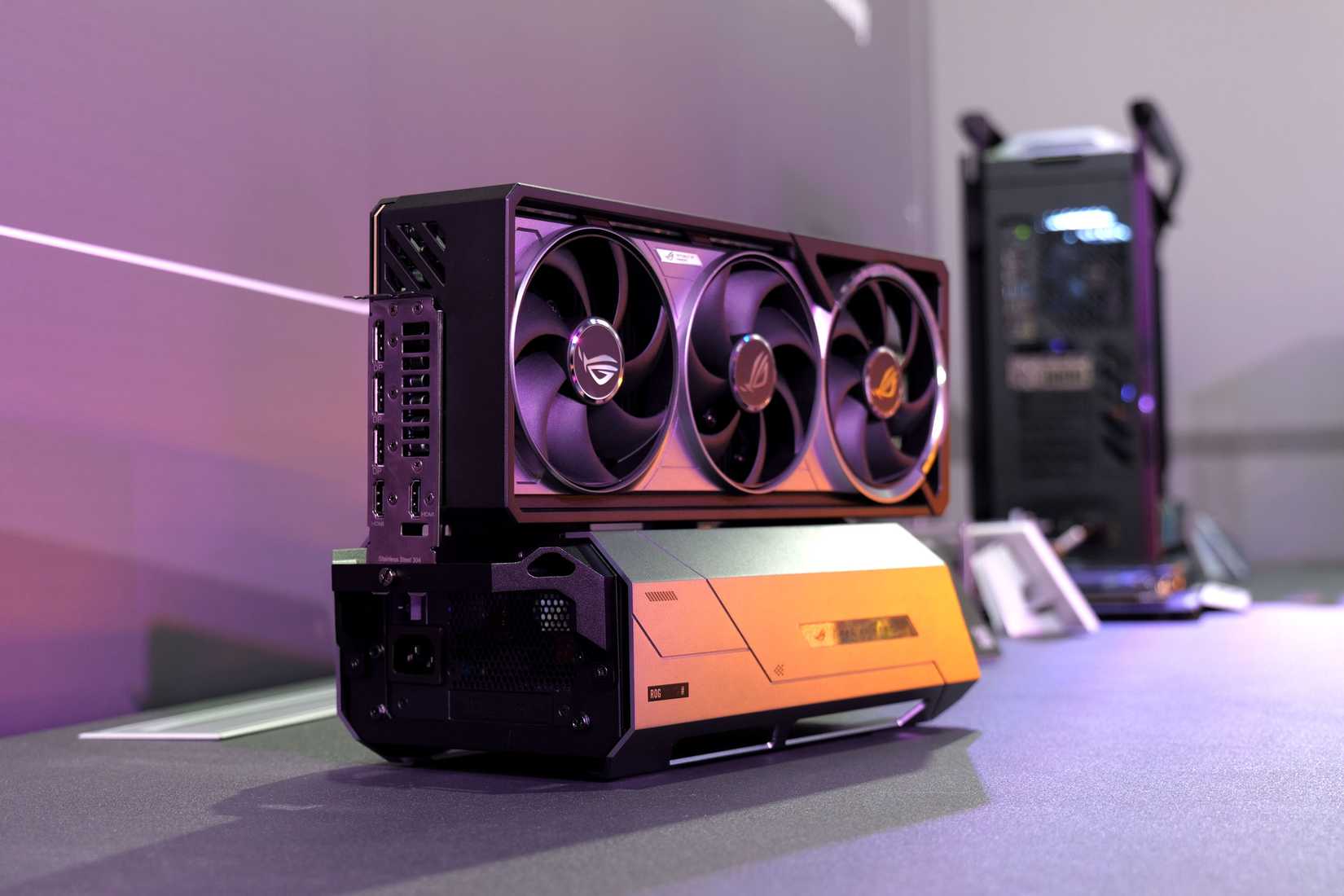
Newer Thunderbolt eGPU enclosures promise more bandwidth than previous generations, but I worry that focusing on that specification above all others is missing the big picture. That's not to say Thunderbolt 5 is bad, because it can give you up to three times the bandwidth of TB4, as long as you're using an external monitor with your eGPU.
- Thunderbolt 3/4: 40Gbps maximum, which is about the bandwidth of PCIe 3.0 x4
- Thunderbolt 5: 80Gbps (120Gbps with boost)
Bandwidth is only part of the problem, as the Thunderbolt controller adds latency to every frame sent. When using an eGPU dock with a laptop or handheld gaming console with an internal display, the latency increases even more, as you send data to the eGPU, then back to the device for use.
Even using an external display plugged into the eGPU doesn't remove all the latency, but it is reduced. This could reduce your eGPU performance by a third or more, reducing the impact of the more powerful hardware on your game.
Graphics cards continue to increase in size (and power requirements)
External GPU enclosures are bigger than some PC cases
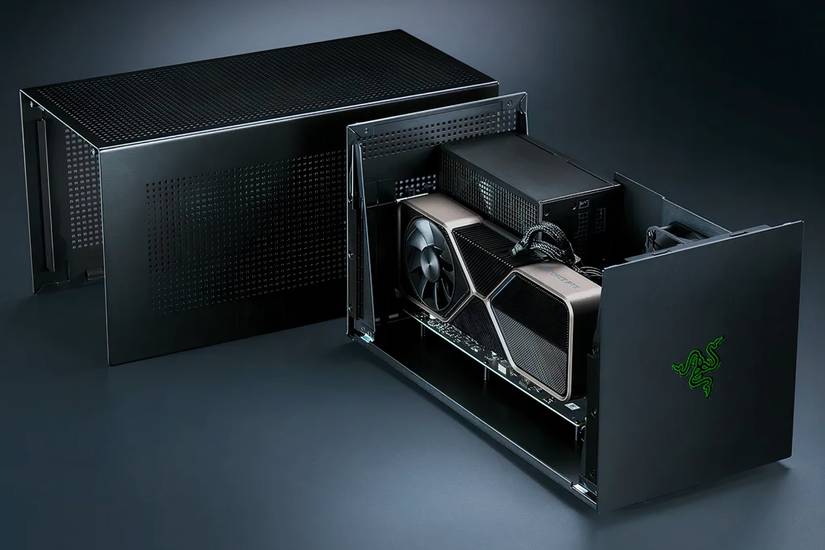 Source: Razer
Source: RazerThunderbolt 5 still doesn't have the bandwidth needed for flagship GPU use, which is a shame because high-end graphics cards are what you'd want in an eGPU as a docked solution to add graphical grunt to your laptop or other mobile device. And the increase in power for iGPUs means that external solutions are less necessary, but they'll always have a niche of enthusiasts who like the idea and are willing to live with the trade-offs.
There might be a compelling argument for using midrange GPUs with an eGPU enclosure. The reasoning is that midrange GPUs don't have the high bandwidth requirements of flagships, so they can offer an FPS boost much closer to their full potential. I wouldn't go higher than an AMD RX 9060 XT or an Nvidia RTX 5060 Ti, because the performance increase hits a wall shortly afterward, and anything more expensive would be a waste.
When you factor in the enclosure cost and the PSU needed for the graphics card, using an eGPU is an expensive alternative to building a desktop PC. It's definitely for enthusiasts or perhaps those users who need the additional computational power for AI or data analysis, and can live with the latency and reduced bandwidth.
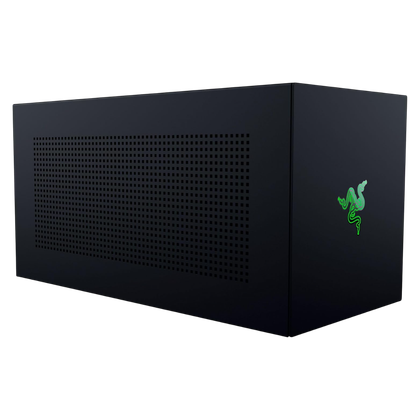 Credit: Source: Razer
Credit: Source: RazerThunderbolt 5 is good, but things could be better for eGPU users
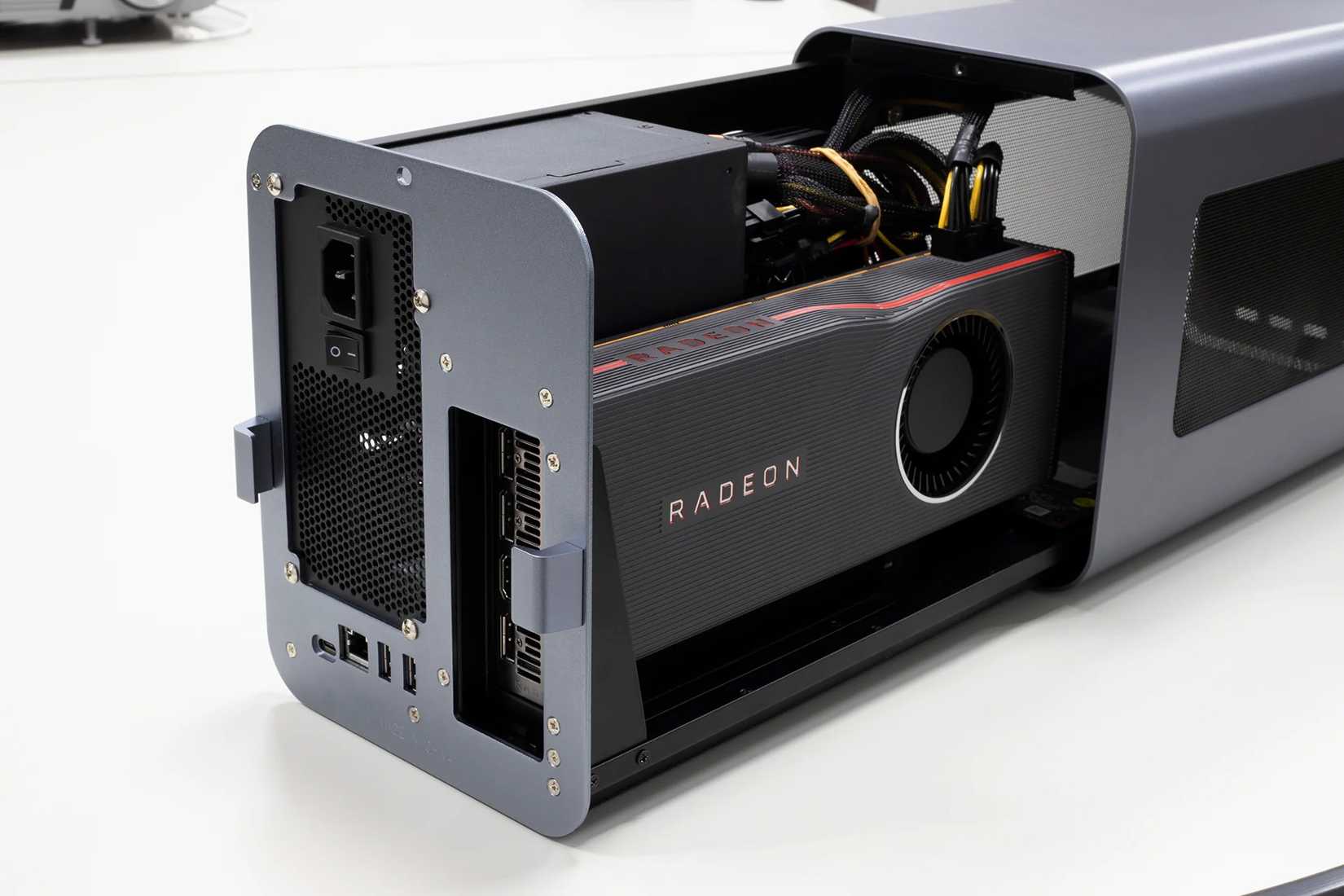
Thunderbolt isn't the only connection standard for eGPU use. OCuLink is an open standard that runs directly off the PCIe bus, is cheaper to use, but it's never really been supported by laptop and desktop manufacturers. Some handheld consoles support it, and it has its own quirks, like needing a system reboot to enable it. Will there be a new standard for external GPU users that enables more than four lanes of PCIe connectivity at some point? Maybe, but then it's still a niche market and unlikely to get significant funds for developing a better way of doing things.
.png)


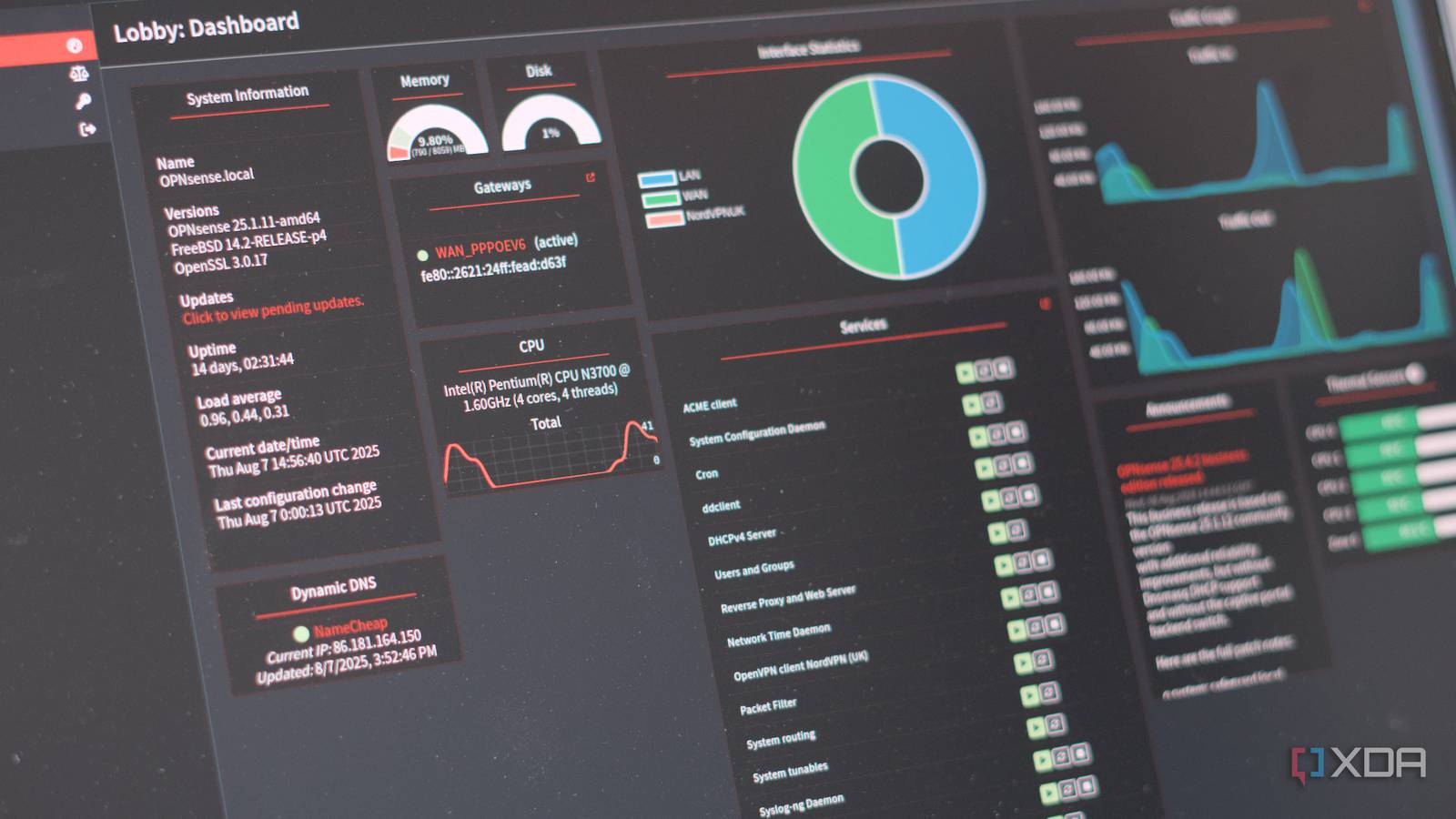









 English (US) ·
English (US) ·